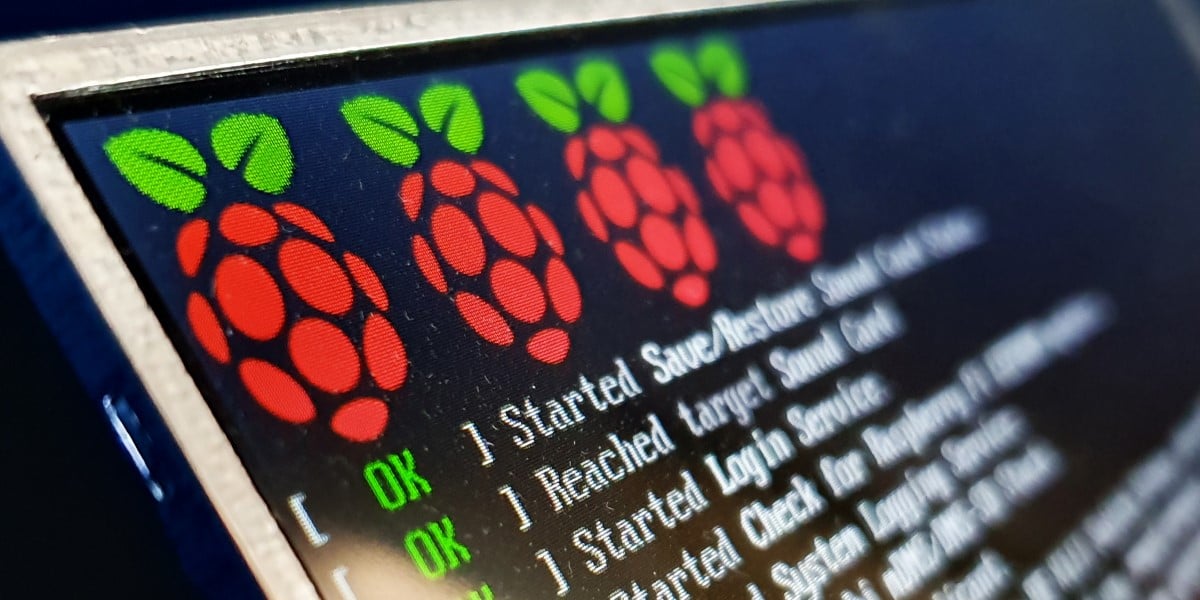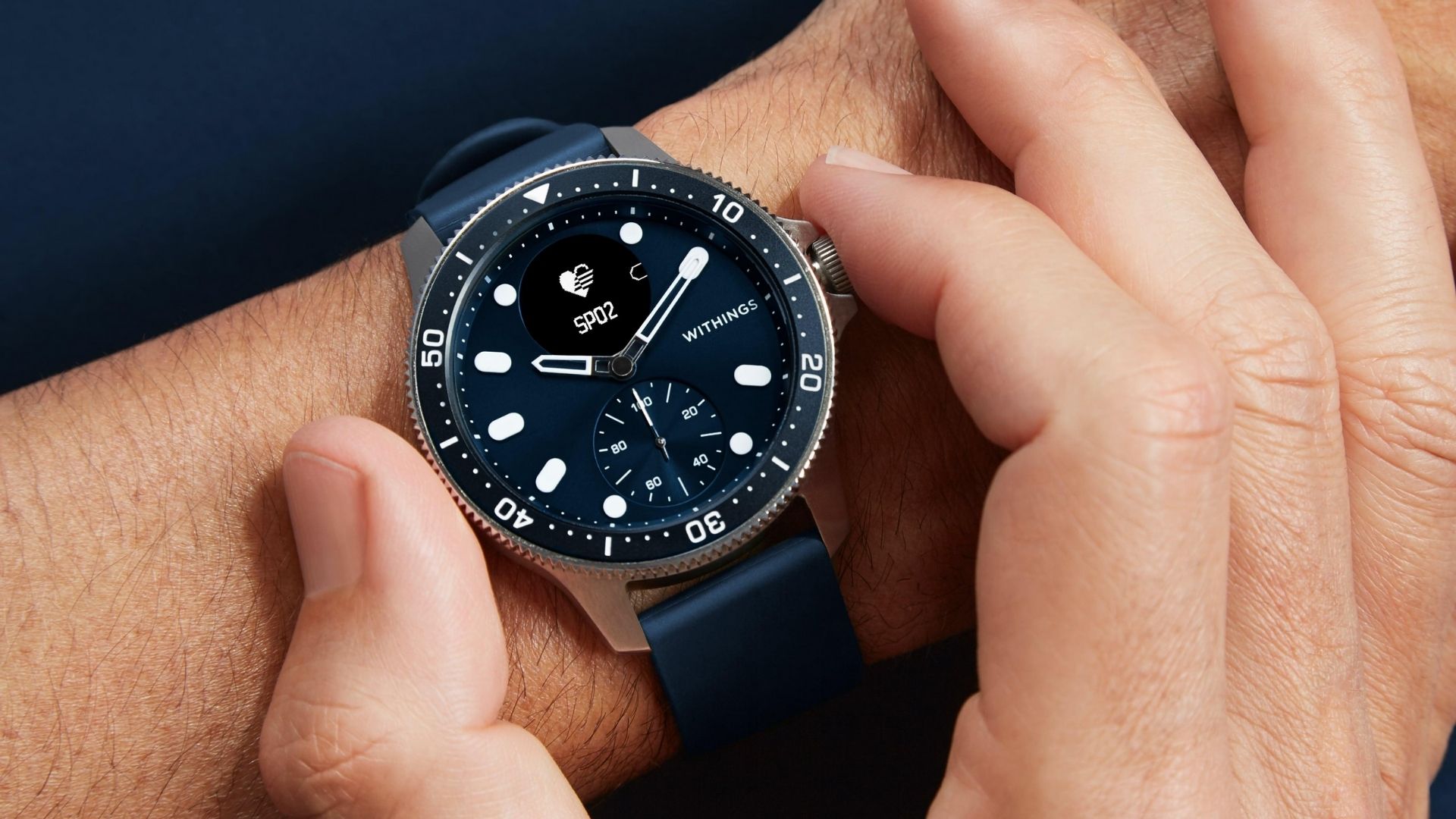on the big screen In the field of terminal display, a “fierce battle” is kicking off along with Mini LED’s commercialization-for Chinese panel manufacturers, this is undoubtedly a good opportunity.
Mini LED is coming in menacing
The reason why Mini LED has received special attention this year is that it is the same as Apple , Huawei applications closely related.
In April this year, Apple released a new 12.9 inch iPad Pro is equipped with a Mini LED backlit display screen, which Apple calls Liquid retina XDR screen.
Judging from the product experience, this screen has a contrast ratio of 1000000:1 and a full screen brightness of 1000 nits , The peak brightness is up to 1600 nits, in addition to P3 wide color gamut, original color display and ProMotion adaptive refresh rate.
In addition to the iPad Pro, according to supply chain forecasts, Apple plans to release the new MacBook Pro, as well as the new MacBook Air that may be released in 2022, will also be equipped with Mini LED backlit screens.
In addition to Apple, another major consumer electronics manufacturer that embraces Mini LED is Huawei.
In fact, just three months after the iPad Pro was launched, Huawei also launched its own Mini LED product-Hongmeng flagship TV V75 Super uses Huawei’s self-developed Super Mini LED precision matrix backlight solution.
As two manufacturers with a strong voice in the consumer electronics field, Huawei and Apple’s preference for Mini LEDs is undoubtedly quickly “popping red”. Panel technology.
Not only that, in addition to Apple and Huawei, including Samsung , LG, TCL, Skyworth and other terminal manufacturers have also launched large-screen products equipped with Mini LEDs this year.
where, “OLED TV’s most loyal believer” Skyworth has launched two Mini LED TV products this year, namely Skyworth Q70 Mingli TV released in February and Mingli TV released in September. Screen SmartMiniLED TV Q72.
The entry of more and more terminal brands not only refreshes the industry’s understanding of Mini LEDs, but also drives the development of the industry chain in reverse. Demand growth.
According to foreign media reports, Apple invested 200 million US dollars in additional purchases of SMT (SMT stands for surface mount technology, Surface Mounted Technology) new equipment, is expected to add four new Mini LED assembly The production line can provide 700-800,000 MacBook Pro Mini LED devices per month.
In Apple’s supply chain, whether it is chip supplier Fucai, testing foundry equipment service provider Hui Te, SMT manufacturer Taiwan Watch Division And so on, have also begun to plan to expand new production capacity.
It is reported that Fucai’s Jingdian is expected to expand its production by 50% in 2022; its subsidiary Longda plans to expand its production capacity for Q4 Mini LED COB and POB packaging. Yield 100%. Whittaker expects to increase the number of existing 200 machines to 1,000 by February next year…
In addition, Chinese manufacturers such as TCL and Skyworth It has also successively started the layout of the entire Mini LED industry chain, and conducted research and development in Mini LED chips, transfer technology, and drive modules.
Just in May of this year, Skyworth invested 6.5 billion yuan to develop a Mini LED display industrial park project in Wuhan, integrating Mini LED chips and backlight modules. , The research and development, production, and sales of ultra-high-definition display terminals are integrated. After completion, the output value is expected to exceed 10 billion yuan.
According to Huang Hongsheng, the founder of Skyworth Group, the Mini LED Display Industrial Park is “recreating a Skyworth” in Wuhan. At the same time, Wang Zhiguo, chairman of Shenzhen Skyworth-RGB Electronics Co., Ltd., also said frankly in the interview that in addition to OLED, Mini LED has also become Skyworth’s leading development direction.
It is not difficult to see that the industry heat of Mini LED is still fermenting.
Start late, start quickly
In fact, from the perspective of the industry chain, Mini LED technology research and development and industrial layout It has already started, and the corresponding commercial products are not released this year.
“The concept of Mini LED was proposed around 2016,” said Wang Fei, an analyst at LED inside. “Initially, Micro LED was first proposed. However, due to the immature technical conditions at that time and the time period from concept to mass production was too long, the Mini LED solution appeared, which is closer to the existing technology, and the cost is easier to be accepted by the industry.”
From the perspective of product definition, the industry generally puts the limit of Micro LED and Mini LED to the figure of 75 microns. Among them, Mini LED The size range is between 75-300 microns, and Micro LED is less than 75 microns-as a reference, the diameter of a human hair is about 50 microns.
Image source TRENDFORCE
In the early days of its birth, Mini LED was considered to be a transitional product, a transitional stage for the evolution of display technology to Micro LED, and lacked a clear market positioning; At that time, due to factors such as low technology maturity and high cost (compared with LCD), the initial development of Mini LED was slower than expected by the industry.
However, Mini LED still has a chance to prove itself in the end.
With the gradual rise of commercial mass production, the industrial value of Mini LEDs has gradually been initially verified, and the industrial chain has begun to take shape. Materials and other supporting infrastructure, to driver ICs, chip modules, packaging, display screens, etc., more and more manufacturers increase Mini LEDs through horizontal or vertical expansion through strategic cooperation, capital increase, holdings, and establishment of subsidiaries.
Among them, there are a large number of Chinese manufacturers, TCL, Jingdong Fang, Skyworth, etc., are among the best.
Of course, although the Mini LED industry has begun to take shape, in its own evolutionary dimension, there are still many technical challenges waiting to be solved.
“No matter what kind of technology direction or technology path, Mini LED currently has only one key direction, that is, how to reduce the cost “, Wang Fei said. This includes two directions, one is how to improve the yield of production; the other is how to better combine technical solutions and material solutions.
by Take the backlight solution as an example. At present, the two main directions in the industry are COB and COG. The former refers to directly attaching the LED chip to a high-reflectivity mirror metal substrate; the latter is to integrate the chip into a glass backplane.
Including BOG, China Star Optoelectronics, Skyworth, etc., are all working in the COG direction. Wang “This is actually a technical route from the perspective of long-term cost advantage and key resource control.”
The key element of COG lies in its glass materials. At present, the production capacity of this type of glass application is mainly in the hands of BOE and Huaxing Optoelectronics, and from the cost of scale From a point of view, the advantages of glass materials are higher than the PCB materials used by COB. At present, BOE’s active glass-based technology has achieved mass production, and Skyworth’s Mingliping SmartMiniLED TV Q72 released this month has also officially adopted this technology. .
However, this has just begun, and the technological breakthrough of Mini LED is still going on.
In addition to the backlight solution, there are also various aspects such as the driver solution and the wave carrier board solution. For manufacturers who lay out Mini LEDs, they need to seek solutions in all aspects to form product differentiation advantages, so that they can grasp more product pricing power.
is competition, but also complementary
The rise of Mini LED has triggered the industry’s perception of which is better between Mini LED and OLED, and Whether there is a discussion on the substitutability between OLED and LCD-this still needs to start with the development of panel display technology.
In the history of panel display technology, mainly experienced CRT (cathode picture tube), PDP (plasma display), LCD (liquid crystal display), OLED (Organic Light Emitting Display) and other four technical stages.
With the development of the panel display industry toward high-definition, energy-saving, high-brightness, flexibility, and transparency, the technology has been iterated several times. Especially in recent years, although LCD is still strong due to its long-term industrial accumulation, OLED has many advantages in terms of display color gamut and contrast, refresh rate, PPI, power consumption, shape plasticity, etc., and it has become a “sweet cake”.
Since OLED technology first started in South Korea, South Korean panel manufacturers have the strongest strength in this field. They gave up LCD early and stood firm. OLED-including LG and Samsung have cut off the LCD production line one after another, focusing on OLED.
From the practical application point of view, OLED has indeed been infinitely brilliant in recent years. It has a huge audience of intelligent The mobile phone field has almost completely replaced the LCD, and is competing in the high-end large-screen display market China also robbed part of the LCD market.
However, since its inception, OLED technology has been criticized for its high cost and low lifespan. The problem has not been effectively solved, causing it to be used in large screens. The cost of the equipment remains high—it happens to be that in this process, based on the advantages of the mature LCD technology, and at the same time, it can achieve a display effect that is no less than that of OLED, and Mini LED came into being.
In this way, Mini LED has become a direct competitor of OLED in the field of large screens.
“The most fierce competition for Mini LED and OLED should be the 65-inch to 75-inch TV market.”
From the perspective of cost, TrendForce pointed out that compared with OLED, Mini LED backlight display has a product cost competitiveness of 15% Cost competitive advantage. On the large-screen circuit where the screen cost accounts for about 70%, from the perspective of cost alone, Mini LED is undoubtedly better.
Looking at the appearance, the optical distance (OD) of the Mini LED backlight solution is small, generally less than 5mm, so the appearance is more LCD is lighter and thinner, very close to the OLED form.
In addition, in terms of performance, Mini-LED backlight technology has low drive current, and can achieve high-density partitions, using a large number of chips , So it is comparable to OLED in multiple dimensions such as contrast, brightness, and energy consumption.
More importantly, Mini LED has no natural limitations on materials, and its service life is more secure than OLED.
On the surface, the arrival of Mini LED seems to give OLED a big punch. Although it is a competitive relationship in some areas, from an industry perspective, the two are closer to complement each other.
“The two have different application scenarios and each has their own advantages”, General Manager of Display Technology Division of Shenzhen Skyworth-RGB Electronics Co., Ltd. , Said Li Jianxiang, general manager of the institute.
Li Jian added, “For example, the brightness of Mini LED can be made higher, and it will be more suitable for large screen and outdoor application scenarios. Its yield rate is also higher, and the room for improvement is relatively larger. But OLED also has its own advantages. Its transparency and flexibility are not easily achieved by Mini LEDs.”
Generally speaking, in the current display technology, Mini LED and OLED have their own opportunities, but the two may have more clarity The application division.
Fight for the “domestic screen”
There is no doubt that Mini LED is ushering in an unprecedented development opportunity-but at this time, It is also a further fortune for the “domestic screen”.
For a long time, China’s electronics industry has been shrouded in the shadow of “lack of cores and screens”. Among them, chip technology is monopolized by the United States. The highlands of LCD screens have been occupied by South Korea and Japan for many years.
At that time, China lags far behind the international market. It loses its bargaining power and can only passively accept high product prices. The panel is restricted, and it is very detrimental to the development of China’s industry.
In fact, not only LCD panels, but also subject to patent protection and technical Due to the monopoly of manufacturers, domestic terminal manufacturers have poor bargaining power.
“If you fall behind, you will be beaten.” This is an indisputable fact. Due to the lack of technical foundation, even if panel makers such as BOE and Shanghai Broadcasting & Television have tried to break through, it is still difficult to reverse the dilemma. This passive situation continued until 2008.
At that time, a financial crisis caused heavy damage to the industries of many Asian countries, including Japan and South Korea. But for China, this is the starting point for the rise of the panel industry.
With the support of the Chinese government, domestic panel companies have introduced talents with high salaries, focusing on technology and no longer relying on purchasing backward industry lines. The core development method is to embark on the road of “re-introduction and re-absorption”.
In 2009, BOE invested and built the 8.5th generation TFT-LCD production line in Beijing, ending the “era without large-size LCD screens” in Mainland China. With the successful precedent of BOE, TCL has also entered the panel industry and established China Star Optoelectronics, which has invested in the construction of 7 production lines in a decade.
It can be said that the decade from 2008 to 2018 was the stage of the original accumulation of technology in China’s panel industry. At present, Chinese panel manufacturers have ranked among the top positions in the world, becoming the country with the largest LCD production capacity in the world, with an industrial output value exceeding 400 billion yuan.
“From the perspective of the global market, the concentration of the entire LCD industry is already very high, and most of the production capacity is in China. Have a certain degree of competitiveness on a global scale,” Wang Fei told Leifeng.com.
Not only that, as an upgrade on the basis of LCD, Chinese manufacturers such as TCL, BOE, Skyworth, etc. Manufacturer’s leading position, and the cost advantage is obvious-theoretically, this is a good time for the rise of Chinese panel manufacturers, and an important opportunity for the upstream and downstream of China’s screen industry.
And this time, it is more like a domestic panel manufacturer’s self-certification of its true strength based on years of industry accumulation.
The wave is surging, rushing to domestic manufacturers, but also to other international manufacturers. When Mini LED has become a major player in the field of screen technology and application Variables, Chinese manufacturers have finally obtained the qualification to compete on the same stage with the international big names on the stage of the global panel industry.
For Chinese panel manufacturers, the Mini LED boom does provide an opportunity to obtain bargaining rights, but to grasp the opportunity requires strength Blessing-On the road of independent innovation, Chinese panel manufacturers cannot stop. After all, the technology is still rapidly iterating. After Mini LED, there is a sea of stars of Micro LED technology.
The road is long and long, only to search from top to bottom to do it.
Note: This article have been indexed to our site. We do not claim legitimacy, ownership or copyright of any of the content above. To see the article at original source Click Here


















